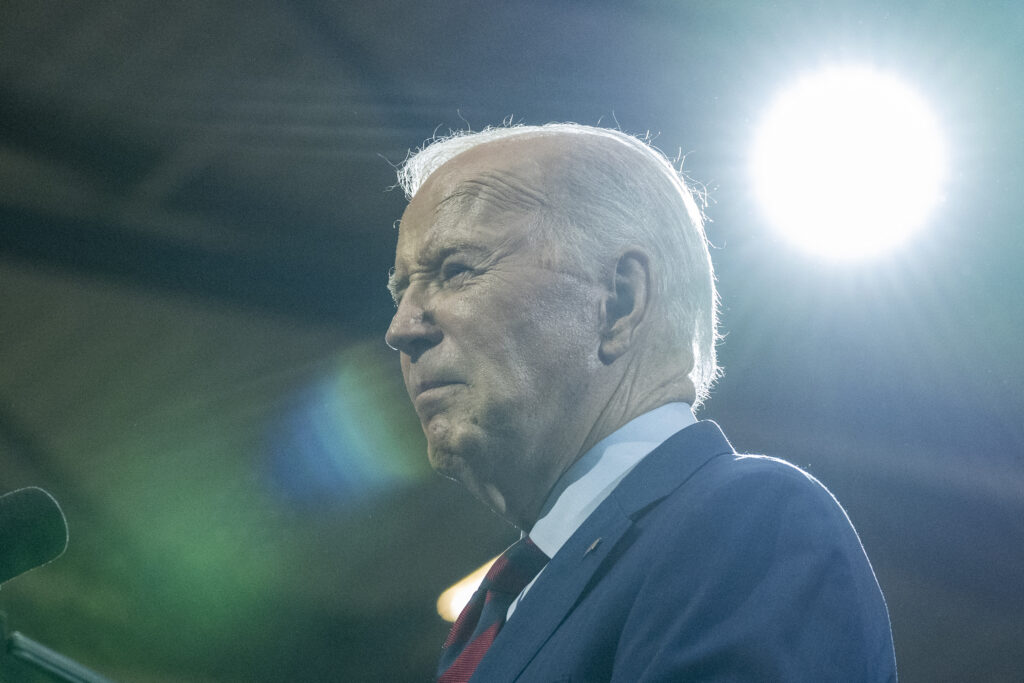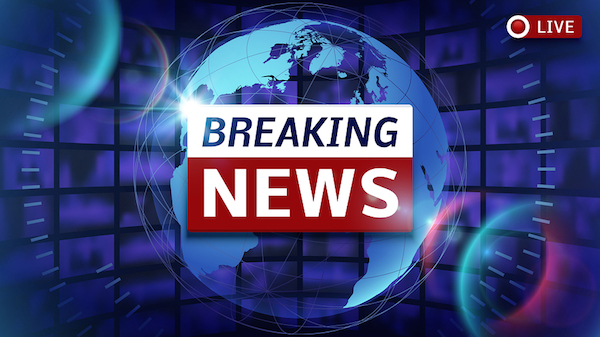Pro-Palestinian activists distribute guidebook to schools on ‘Columbia First’ mission
Pro-Palestinian activists at Columbia and Yale distribute a guidebook promoting occupations and success strategies. The pamphlet, “First We Take Columbia,” was anonymously authored and published in dissident magazine “Ill Will.” It sparks nationwide occupations, echoing events from 1968. The document emphasizes disruption, spreading occupations for impact, drawing inspiration from past movements for change.
Pro-Palestinian protesters at Columbia University and Yale University are circulating a guidebook to activists across the country encouraging more occupations and teaching them how to be successful.
The pamphlet, titled “First We Take Columbia: Lessons from the April 1968 Occupations Movement,” was anonymously written by protesters at the Columbia and Yale encampments and published in left-wing dissident magazine Ill Will on Saturday. It was distributed by hand at the Columbia encampment on Monday.
Since its distribution, occupations have popped up at a growing number of universities across the country, including most recently George Washington University in Washington, D.C. The pamphlet is available in English, French, Turkish, Chinese, Spanish, and Japanese.
“When you seize a town, a campus, get hold of the power stations, the water, the transportation, forget to negotiate, forget how to negotiate, don’t wait for De Gaulle or Kirk to abdicate, they won’t, you are not ‘demonstrating’ you are fighting a war, fight to win, don’t wait for Johnson or Humphrey or Rockefeller, to agree to your terms take what you need, ‘it’s free because it’s yours,’” the letter begins, quoting American poet Diane Di Prima’s Revolutionary Letter #15.
The pamphlet, which was shared by groups including Palestine Action U.S. and the national Students for Justice in Palestine organization, was also supported by the encampment organizing coalition Columbia University Apartheid Divest, which commented on social media in approval.
Current occupiers are feeding off the anti-war movement of the 1960s and 1970s, when, in April 1968, hundreds of students at Columbia also took over part of campus, Hamilton Hall, and held three senior university officials, administrators William Kahn and Dan Carlinsky, as well as Dean Henry S. Coleman, hostage.
Those protests spread to more buildings and lasted over a week until the New York City Police Department arrested more than 700 protesters. At the time, 132 students, four faculty members, and 12 police officers were injured.
The historical comparison to 1968 is embedded into the ether of today’s pro-Palestinian occupiers. On the first day of the occupation, Columbia’s chapter of Students for Justice in Palestine, as well as Columbia University Apartheid Divest, posted a picture comparing themselves to the anti-war protesters.
The pamphlet walks through 14 “lessons … that might be useful today, now that university occupations have re-emerged as a tactic within the movement to halt the genocide in Gaza.”
The document first encourages disruption, saying that is the reason occupations are effective. In 1968, the document continues, Columbia was shut down for more than a week, forcing the school administration to “concede to their demands, even after the movement faced repression.”
Similar to 1968, the activists writing for Ill Will said the “occupation needs to spread in order to survive,” encouraging students to take over more buildings “on campus, throughout the city, and across the country” and for activists to “take the enemy by surprise.”
“Occupations draw strength from the specter of a riot,” the pamphlet reads, including by seeking support from locals unaffiliated with Columbia.
“The April 1968 occupations took place in the immediate aftermath of the ‘Holy Week’ of riots in the surrounding neighborhood and cities across the country after the assassination of Dr. Martin Luther King, Jr.,” the document reads. “Campus administrators, city officials, and the police department worried that any attempt to suppress the occupations might lead to unrest in the surrounding neighborhood; Harlem might invade Columbia. An occupation today will be in a stronger position if it is similarly able to build and mobilize support from the surrounding neighborhood.”
Making the point further, “Outside agitators need to be welcomed in,” the document reads, adding, “Five hundred people marched on the gate at 116th St and Broadway. The NYPD stood down out of fear that violence might otherwise erupt. Similar tactics might be necessary today.”
CLICK HERE TO READ MORE FROM THE WASHINGTON EXAMINER
“Two, three, many Columbias,” the document continues. “Then as now, it will take the opening of new fronts and the spread of increasingly disruptive tactics, such as building occupations, to pull the emergency brake on the war machine.”
Looking at photos of the 1968 student uprising at Columbia. Protesting the university’s affiliation with Pentagon, students first took over the university president’s office. Here’s a student sitting in the president’s chair and smoking one of his cigars. pic.twitter.com/fV4taZc5Lf
— keyvan (@still_oppressed) April 20, 2024
Finally, the activists said, “smoke the president’s cigars,” referencing the famous picture of Columbia activist David Shapiro sitting at the then-Columbia president’s desk wearing sunglasses and smoking a cigar.
" Conservative News Daily does not always share or support the views and opinions expressed here; they are just those of the writer."





